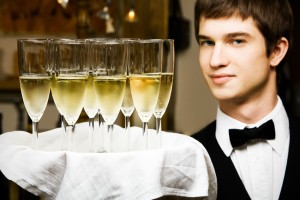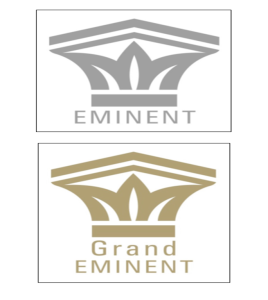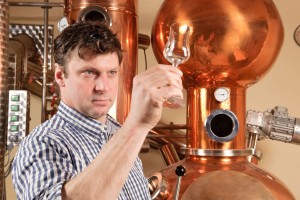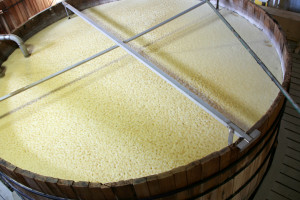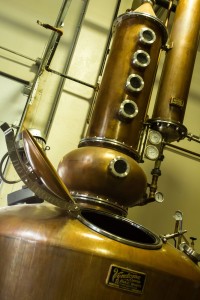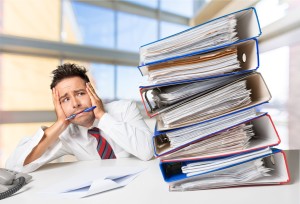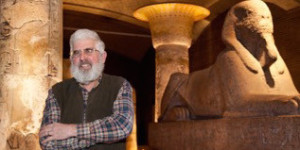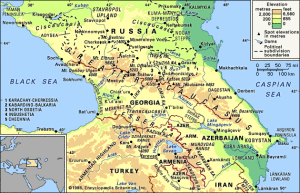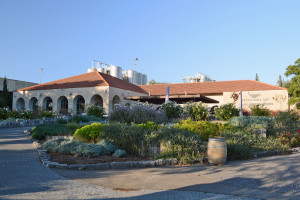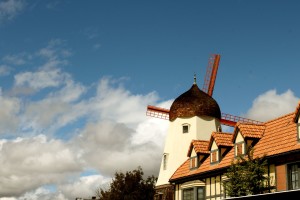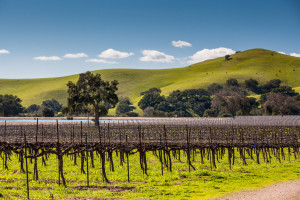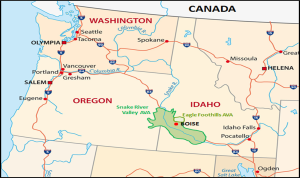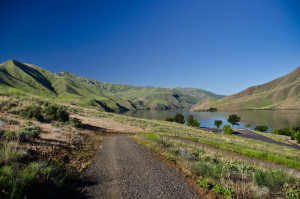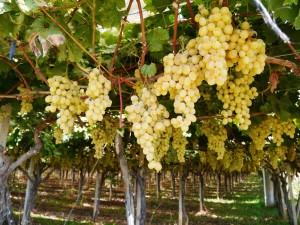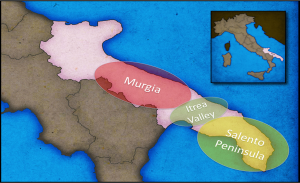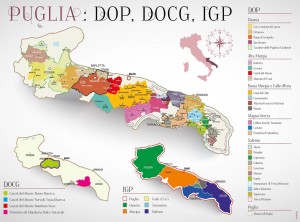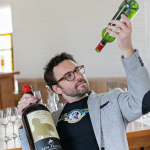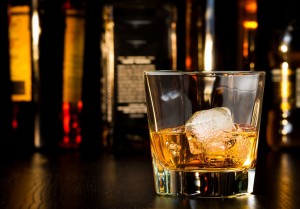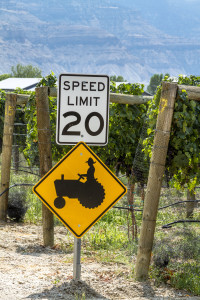
…
Today we have a guest post by an anonymous writer, who we will know by the name Candi, CSW. Candi has been visiting some of the lesser-known wine regions of the US, and has been generous enough to share her experiences with us! Read on!
Since obtaining my CSW certification in 2014, I have been looking forward to opportunities to apply my new knowledge and skills. One of my favorite ways to do this is to visit winery tasting rooms. This year was unusual for me, in that I was able to do tastings in two states which are among emerging areas for domestic wine. This post features a late spring trip to Colorado; next week’s post will discuss a fall trip to Arizona.
Grand Valley AVA: Palisade, Colorado
The town of Palisade is probably best known for its peaches, which are indeed fabulous. Palisade, however, is also the site of the fall Colorado Mountain Winefest. If my e-mail is to be believed, this event was a sell-out this year with more than 6,300 attendees.
My last wine tasting experience here was in 2003. At that time, I was much less well- informed and not quite the enthusiast that I am today. I do recall that the white wines were pleasant enough, especially the Rieslings. And, to this day, I enjoy Colorado Rieslings. As for the reds, though, they were not especially memorable.
I had to make an unscheduled trip to Colorado in May of this year. A bright spot of that trip was a free Sunday afternoon. While I vastly prefer tasting during the week to avoid crowds, I had identified a few wineries for potential visits, just in case. I am blessed to have a tolerant designated driver. So off we went, our time limited to two choices.
My impression: what a difference 12 years makes! These wines, particularly red varietals, are growing up!
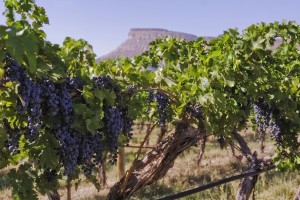
…
One stop was Plum Creek Winery, just on the outskirts of Palisade with vineyards nearby. Despite the fact that this was Sunday afternoon, there were only a few others tasting. Tasting five wines was complimentary. I chose two whites, Pinot Grigio and Chardonnay, as the former seemed unusual for Colorado and the latter more typical. Reds included Cabernet Franc, Cabernet Sauvignon, and a Bordeaux-style blend of Cabernet Franc, Cabernet Sauvignon and Merlot. My developing palate was most intrigued by the reds, particularly the Bordeaux blend, “Grand Mesa”. This wine has limited distribution, which added to the attraction.
Another visit was Debeque Canyon Winery, conveniently located near a distillery. Hey, something for everyone. Again, the tasting room was relatively quiet, with a few apparent walk-ins. Tasting was complimentary, there were multiple choices, and it certainly seemed that the winery is focused on red varietals. Works for me. I tasted the Riesling, Tempranillo, Pinot Noir, Cabernet Franc, and Cabernet Sauvignon.
Wait a minute. Pinot Noir? One of my favorite varietals? In Colorado?
Most definitely, and a wine that made an impact. The current release is 100% Pinot Noir, a non-vintage blend of 2010 and 2011. The grapes are grown at a vineyard situated at an altitude of more than 7,000 feet. The climate is much less humid, with more diurnal temperature variation, than in some coastal areas where Pinot Noir is often found. These factors, along with the vintner’s special touch, may have contributed to a distinct, even concentrated palate impression, so to speak. This enabled me to identify the wine as varietally correct, balanced, and complex.
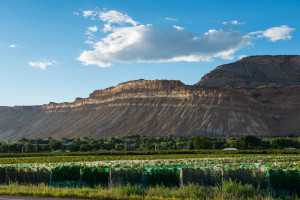
…
When we were preparing to leave Debeque Canyon, a gentleman entered, walked behind the counter and poured himself a full glass of wine as if he owned the place. Becoming a CSW has made me, ahem, more assertive in a tasting room setting. So I asked him if he was the vintner. Turns out I was about to meet Bennett Price, who did indeed make the wine. And, who, maybe, does own the place. My enthusiasm and Bennett’s connected in a way that we were invited to the back for a barrel tasting of the 2013 and 2014 Pinot Noirs.
Quiet, low-key tasting rooms enabled a leisurely experience. Many varietals from which to choose. Difficulty making purchase decisions due to quality. And, a personal barrel tasting with the vintner. All in just a side trip for the afternoon. We clearly plan to return to Colorado wine country.
For further information, please see Justin Gilman’s informative Guest Post: On the Wines of Colorado.
Are you interested in being a guest blogger or a guest SWEbinar presenter for SWE? Click here for more information!
